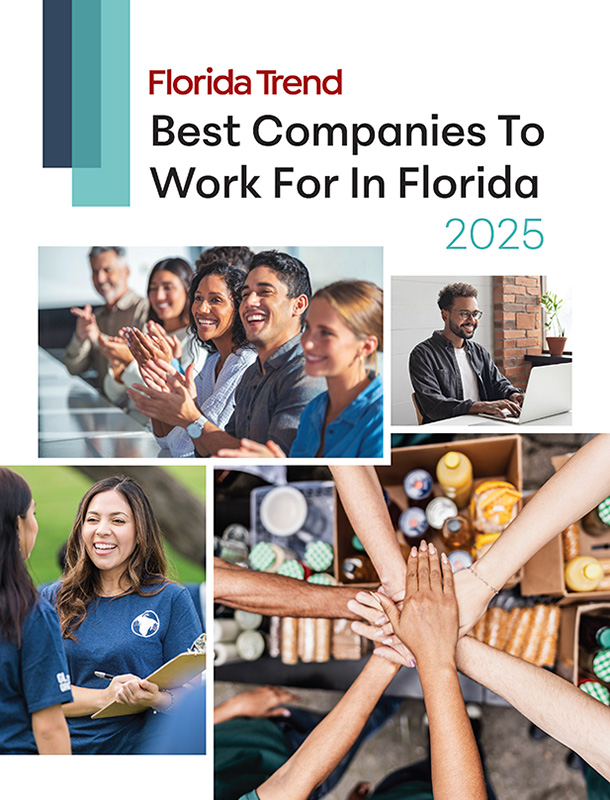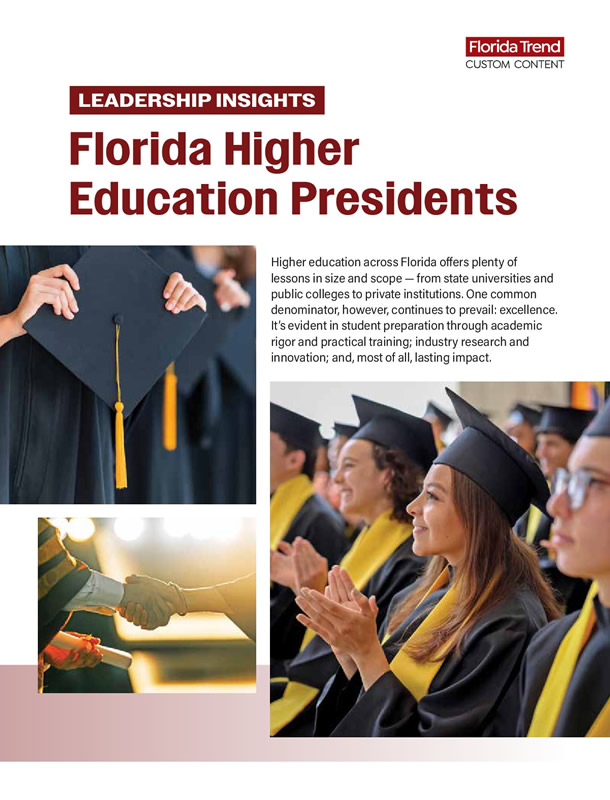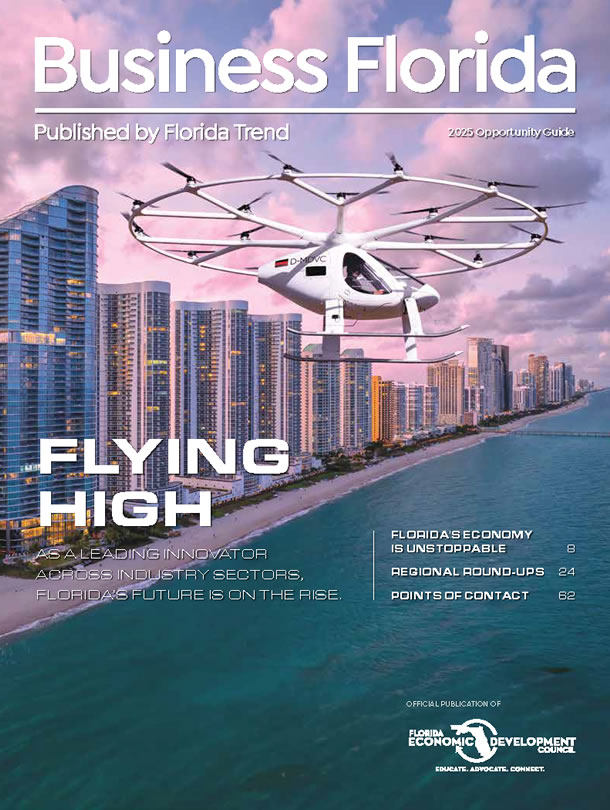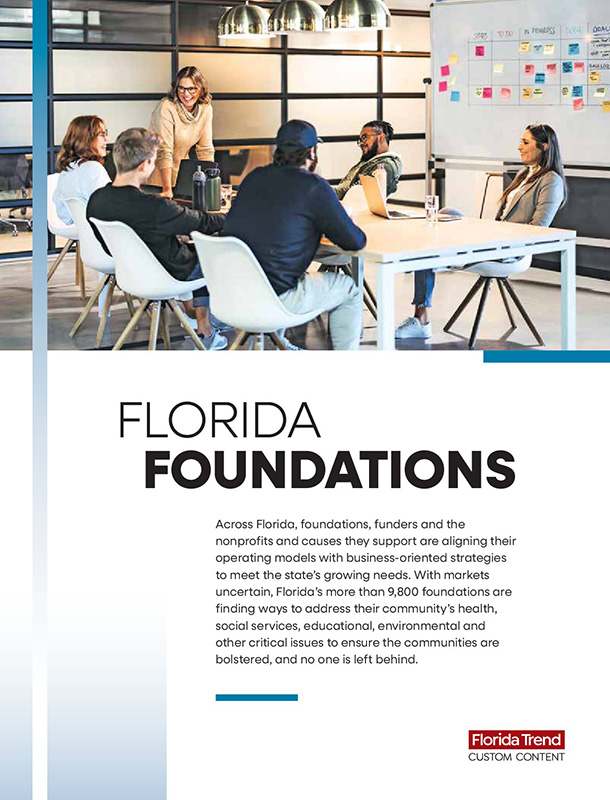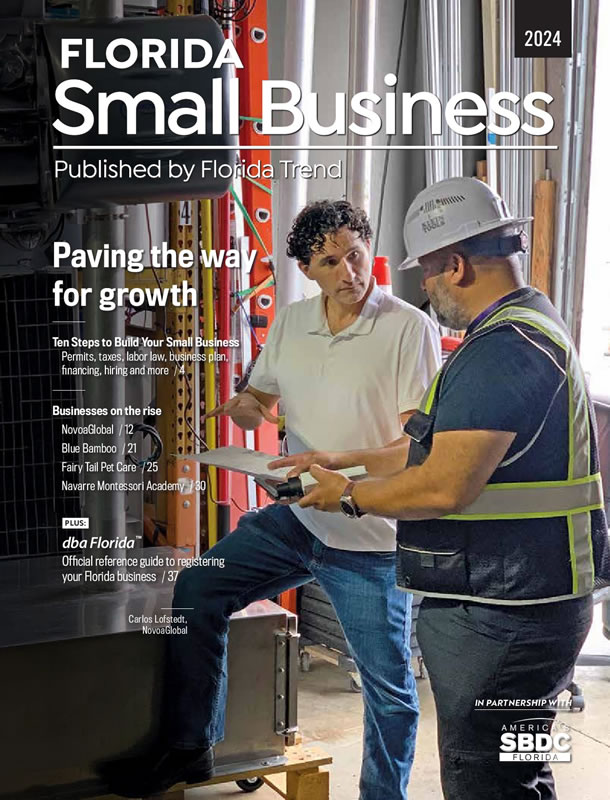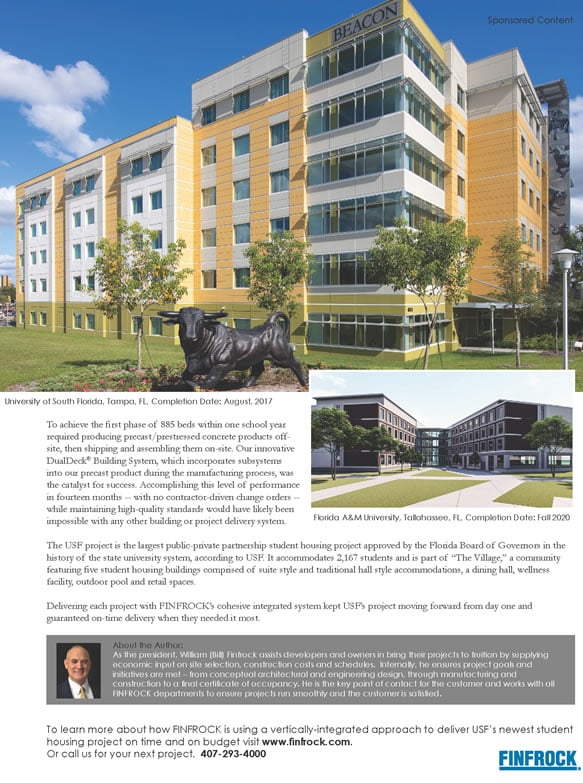If a person in Coral Gables suffered what paramedics thought was a stroke, how could they best assess the patient’s condition and prepare doctors at a nearby emergency department for their arrival? How could they even be sure it was a stroke?
What once was a radio call now is a video “call” that allows stroke specialists to see the inbound patient. Connected using an iPad in the EMS vehicle, doctors can assess the case, prescribe time-sensitive medications, and prepare for the patient’s arrival in a much more effective and faster way because they can directly see the incoming patient on screen. This approach, an example of telemedicine, can make all the difference in a prompt and accurate diagnosis.
“The doctor gets to see in the back of the fire rescue vehicle,” says Xavier Jones, EMS Division Chief with the Coral Gables Fire Department. The city’s 120 paramedics and firefighters all have been crosstrained in the recognition of strokes and the use of the technology now in three of its rescue vehicles. “This technology, combined with in-depth training, is making a real difference in emergency situations and can tip the scale toward survival and better outcomes for
patients. And that is our ultimate goal.”
The training is performed by the Gordon Center for Simulation and Innovation in Medical Education at the University of Miami and the technology solution is provided in partnership with vendor Specialty Telehealth Services.
The Gordon Center employs advanced multimedia, mobile and simulation technologies to train providers to use telemedicine and diagnostic applications in acute trauma, disaster response, advanced life support, and emerging prehospital situations. In use with stroke and heart attack victims in Monroe County and the Florida Keys since 2014, telehealth has allowed doctors to determine that an event was an actual stroke, and instruct paramedics to fly patients directly to comprehensive stroke centers at UHealth/Jackson Memorial Hospital and Baptist Hospital on the mainland.
“It’s proven that telemedicine is the future of healthcare, so we’ve put it in the hands of those in the prehospital environment,” says Angel “Al” Brotons, Director of Training Operations at the Gordon Center.“If paramedics and emergency medicine doctors can
make decisions about patient care before they arrive at the hospital, this can make the delivery of service more efficient, which reduces costs and improves outcomes.”
Founded by cardiologist Michael Gordon in the 1960s, the Gordon Center began exploring telemedicine in 2013. It was inspired in part by the Center’s twodecades
work with the U.S. Army Trauma Training Detachment, which uses telemedicine to assess and treat serious battlefield injuries.
In Florida, the Gordon Center has reached thousands of first responders and clinical providers in 700 agencies, as well as community and state colleges in all 67 counties, thanks to funding by the Florida Legislature and the Florida Department of Education.
The use of tablets and mobile devices is just one component of what’s called community paramedicine. In addition to telehealth to assess serious trauma,
like motor vehicle accidents, gunshots, serious burns or crush injuries, this emerging care delivery model is expanding the traditional roles of paramedics to deliver non-urgent care and even preventive services, especially in underserved community populations.
“Telehealth and community paramedicine are focused on delivering the most appropriate level of care, whether in emergency cases, or in the ongoing support
of chronically ill patients”, says Ivette Motola, MD, MPH, an emergency physician and the director of the Prehospital and Emergency Training Division at the Gordon Center. Currently in the midst of a five-year government study, community paramedicine may
deliver more value-based and results-oriented care that saves time, money and lives.
The Gordon Center for Simulation and Innovation in Medical Education mission is to improve the training of health professionals and first responders to enhance patient outcomes and save lives.
To learn more, visit gordoncenter.miami.edu



